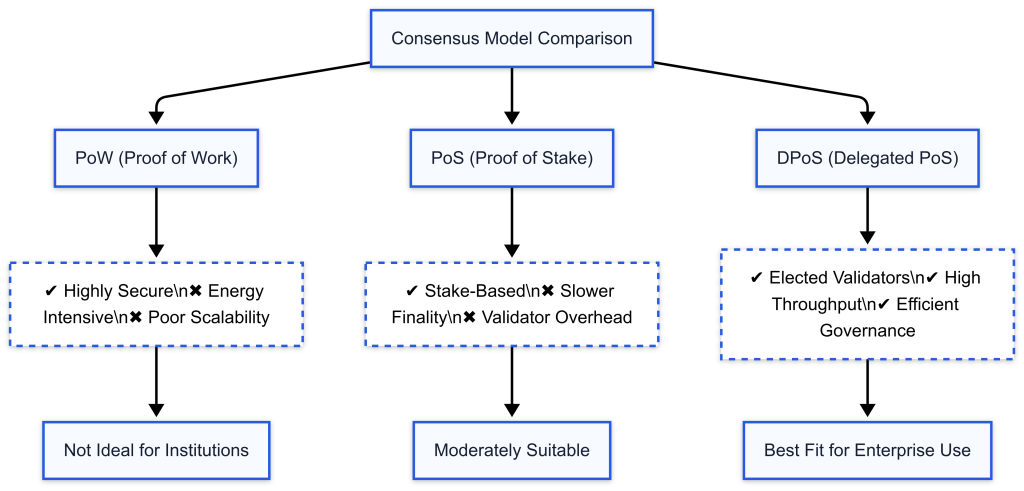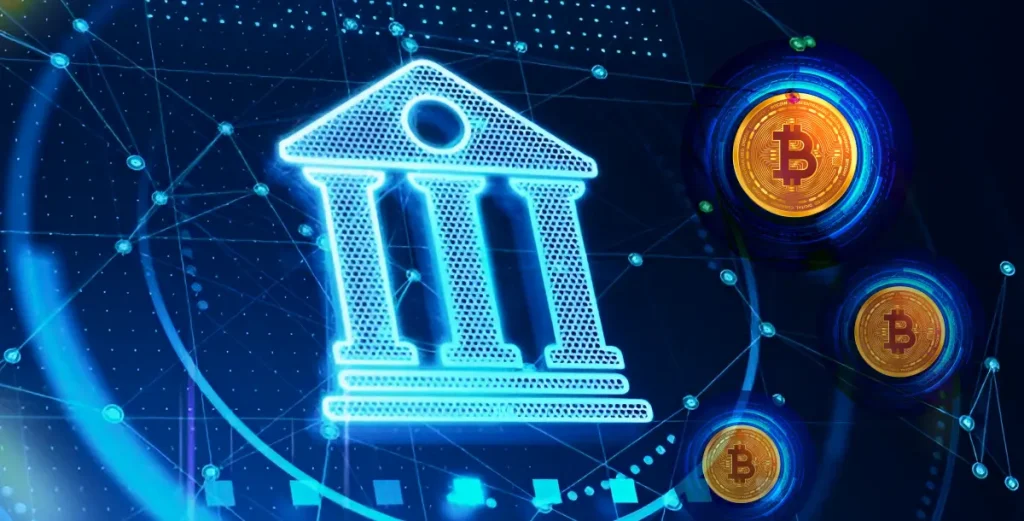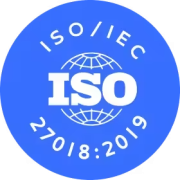Tokenization—the process of representing real-world financial instruments as blockchain-based digital tokens—has evolved from a niche innovation to a practical tool reshaping global capital markets. Nowhere is this more evident than in the fixed-income space. As institutional appetite grows for yield, speed, and transparency, tokenized Treasury bonds and private credit are proving that blockchain isn’t just about crypto—it’s about redefining the infrastructure of traditional finance.
The Promise of Tokenized Debt Markets
Debt markets, particularly U.S. Treasuries and private credit, form the backbone of global finance. But despite their scale, these markets remain bogged down by inefficiencies:
- Settlement delays: Traditional bond settlements typically take T+2 days or longer. This means capital remains locked, counterparties hold risk, and institutions are exposed to delays in accessing liquidity.
- Limited accessibility: These markets are generally built for institutional players. High minimums and intermediated structures make it difficult for smaller investors to participate.
- Operational complexity: Paper-based processes, siloed data systems, and manual reconciliations introduce high administrative costs and increase error risk.
Tokenization tackles each of these pain points:
- Near-instant settlement: With smart contracts and blockchain consensus, tokenized bonds and credit instruments can settle in minutes, not days—freeing up capital and reducing settlement risk.
- Fractional ownership: Tokenized debt can be broken into smaller denominations, enabling access for a broader pool of investors, from fintech platforms to individual high-net-worth investors.
- On-chain transparency: Smart contracts automate coupon payments, redemptions, and compliance tracking. Investors and issuers gain real-time visibility into performance, positions, and risks—without relying on third-party reconciliation.
Tokenization not only modernizes existing markets but also lays the groundwork for a new era of programmable finance where debt can be composed, traded, and governed entirely on-chain.
Tokenized Treasury Bonds: A Fast-Scaling Frontier
One of the most visible success stories in tokenized finance is the rapid adoption of tokenized Treasury bonds. These blockchain-based representations of government debt instruments are becoming increasingly popular with asset managers, fintech platforms, and sovereign wealth funds.
- Explosive growth in 24 months: In early 2023, the total value of tokenized U.S. Treasuries was under $100 million. By June 2025, that number surged past $7.5 billion, driven by both institutional demand and improved regulatory clarity.
- Platform adoption: Funds like BlackRock’s BUIDL and Abu Dhabi’s Realize T-Bills Fund give investors tokenized exposure to high-quality sovereign debt. These funds issue tokens on public or permissioned blockchains, making it easier to buy, sell, and track holdings in real time.
- Legacy names going digital: Major asset managers such as Janus Henderson, Franklin Templeton, and BlackRock are launching money market and Treasury funds on-chain. Their goals? Reduce fund friction, enhance 24/7 liquidity, and appeal to digitally native investors.
- Borderless reach: Tokenized Treasury offerings are not limited to U.S. investors. For example, Abu Dhabi’s Realize fund tokenizes U.S. Treasury ETFs on Ethereum and IOTA, opening access to investors in the Middle East, Asia, and beyond—without the friction of cross-border settlements.
As macroeconomic conditions drive demand for yield and digital-native platforms demand composability, tokenized Treasuries provide a regulated, low-risk, high-utility use case for blockchain in traditional finance.
Tokenized Private Credit: $13B and Climbing
Private credit—long a cornerstone of institutional fixed-income portfolios—is now undergoing its most radical transformation in decades. Once defined by high barriers to entry, limited liquidity, and cumbersome back-office operations, private credit is being reengineered through tokenization.
According to industry data, over $13.3 billion in private credit has already been tokenized as of mid-2025. This growth reflects not just a proof of concept but an active transition to blockchain infrastructure by leading players.
- Figure Technologies alone has tokenized $10 billion in loans, including home equity lines of credit (HELOCs), mortgage-backed assets, and other consumer debt instruments.
- Platforms such as Apollo’s ACRED, Tradable, and Maple Finance are expanding the range of tokenized credit offerings—bringing more deal types on-chain and widening access to global institutional and qualified investors.
Why Institutional Adoption Is Accelerating
The rise in tokenized private credit isn’t just a trend—it’s a structural shift driven by real advantages and real institutional demand. Here’s what’s fueling the momentum:
- Operational efficiency: Smart contracts streamline complex processes such as disbursements, interest accrual, maturity redemptions, and compliance checks. This reduces back-office costs and enables 24/7 programmability for debt instruments.
- Regulatory progress: Clarity from frameworks like the EU’s MiCA, Singapore’s Payment Services Act (PSA), and increased involvement from top-tier institutions (e.g., Apollo, JPMorgan Onyx) have significantly lowered the risk of regulatory pushback and increased confidence in token-based models.
- Composability and interoperability: Unlike traditional debt instruments, tokenized bonds and loans can be embedded into broader blockchain ecosystems. This allows integrated treasury management, automated yield strategies, and cross-platform collateralization.
- 24/7 market access: As highlighted by McKinsey, tokenization could soon enable real-time collateral mobility, automated margining, and around-the-clock trading—capabilities traditional finance simply can’t match.
Tokenized treasury bond activity has accelerated across several key platforms. BlackRock’s BUIDL fund remains the market leader, with billions in on-chain U.S. Treasury exposure and widespread adoption among institutional clients. Franklin Templeton’s OnChain U.S. Government Money Fund has expanded to multiple blockchains for greater interoperability.
Meanwhile, Ondo Finance and Matrixdock continue to grow market share by offering tokenized short-term T-bill products to DeFi users. Across the board, these platforms are seeing sustained inflows in 2025 as institutions prioritize liquidity, compliance, and on-chain transparency.
Bridging TradFi and DeFi: A Roadmap for Businesses
As tokenized finance gains momentum, the boundary between traditional finance (TradFi) and decentralized finance (DeFi) is dissolving. For institutions, this convergence represents not just a technological shift—but a strategic imperative.
To fully capitalize on tokenized debt markets, businesses must rethink how they operate, safeguard assets, and structure investment strategies. Here’s a practical roadmap for bridging the gap:
Integrate Tokenized Assets Into Treasury & Investment Strategies
Forward-thinking treasury and finance teams are beginning to allocate to tokenized instruments—such as digital Treasuries, private credit tokens, and tokenized real estate—as part of their core strategy.
These assets offer enhanced liquidity, faster settlement, and better transparency, allowing teams to optimize cash flows and diversify holdings without being tied to legacy platforms.
Adopt Compliant Custody Solutions for On-Chain Assets
Holding tokenized assets securely is non-negotiable. Institutions must embrace regulated digital custody solutions that comply with licensing standards (e.g., SOC 2, ISO 27001), enable MPC-based key management, and support multi-asset safekeeping.
Whether assets are held on public chains (Ethereum, Solana) or private ledgers, custody providers must deliver auditable, secure, and recoverable frameworks suitable for enterprise-scale operations.
Partner With Full-Stack Tokenization Providers
Successful participation in tokenized markets demands more than tech—it requires expertise in issuance, legal structuring, fund administration, and investor services.
Trusted tokenization partners help businesses:
- Launch asset-backed tokens or funds
- Navigate securities regulations and disclosures
- Provide platforms for investor onboarding, compliance (KYC/AML), and secondary trading
This full-stack support is essential for compliant, scalable digital asset operations.
Stay Ahead of Global Regulation
Tokenized finance spans borders. Staying compliant means monitoring evolving rules across key jurisdictions such as:
- The EU (via MiCA)
- The U.S. (via the Genius Act, SEC guidance)
- Asia-Pacific (via MAS, SFC, FSA, and more)
Teams must work closely with counsel and platform providers to align operations with global standards, particularly in custody, disclosures, and investor protection.
Final Thoughts
Tokenized Treasury bonds and private credit stand at the forefront of finance innovation—driven by institutional investment, matured tech, and evolving regulation. As this ecosystem grows, businesses need to prepare for a future where debt markets move on-chain: faster, smarter, and more inclusive.
ChainUp supports firms entering this new era: from token issuance to compliance and strategic advisory—our platform helps you harness the power of blockchain-backed debt solutions. Contact us to explore tokenized debt opportunities tailored to your business.







